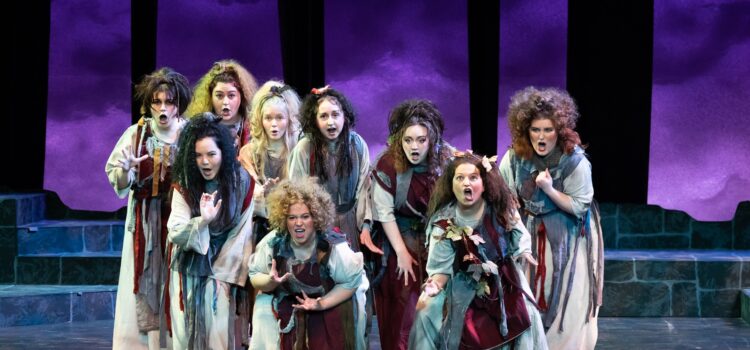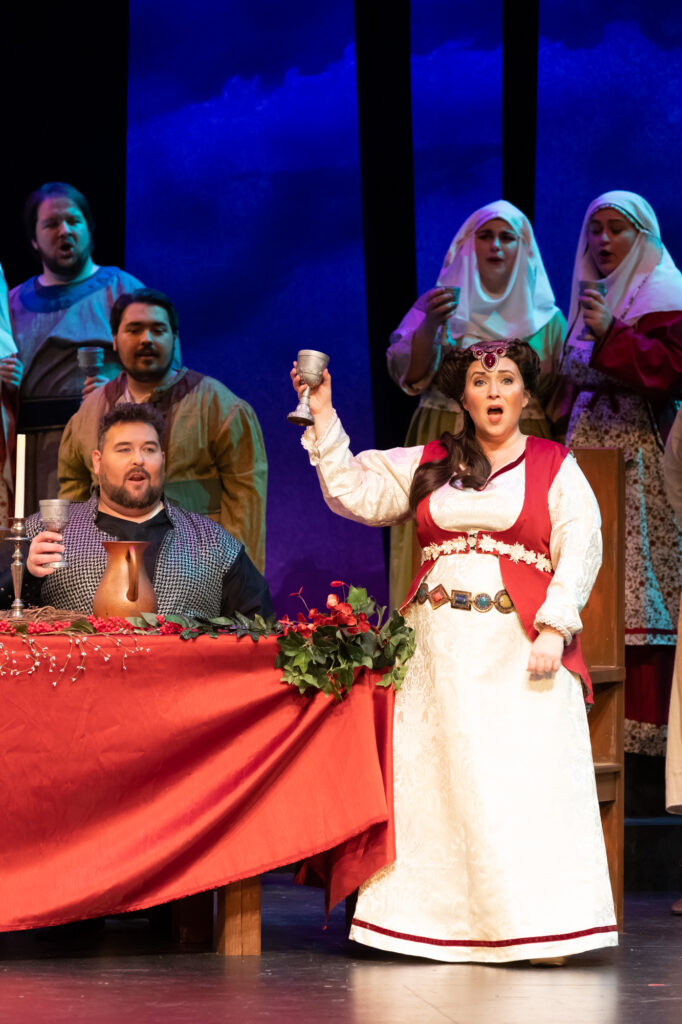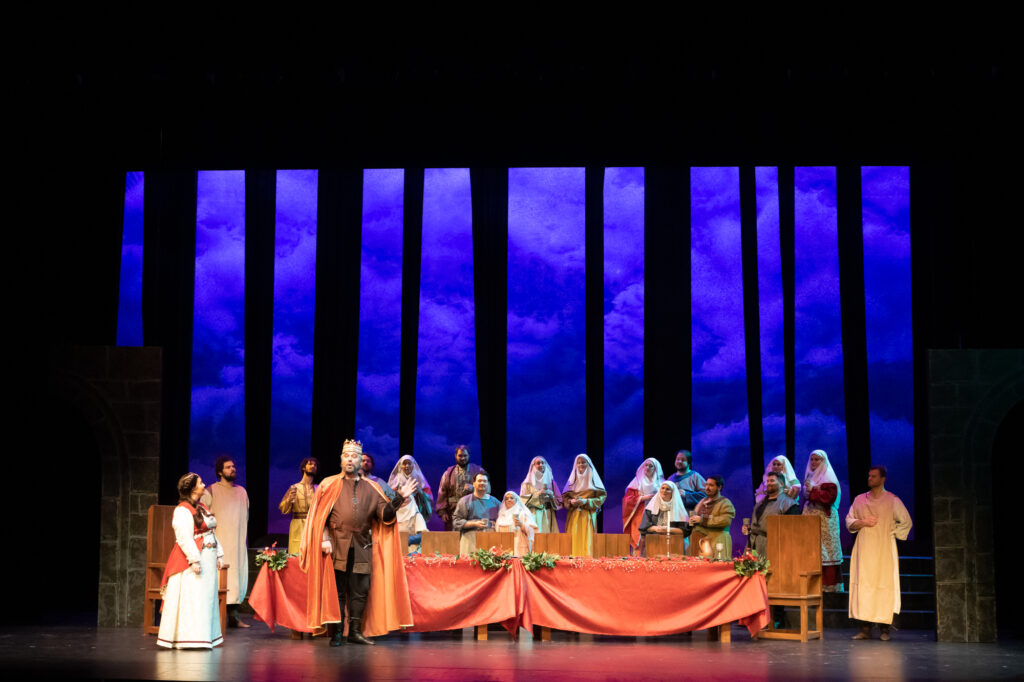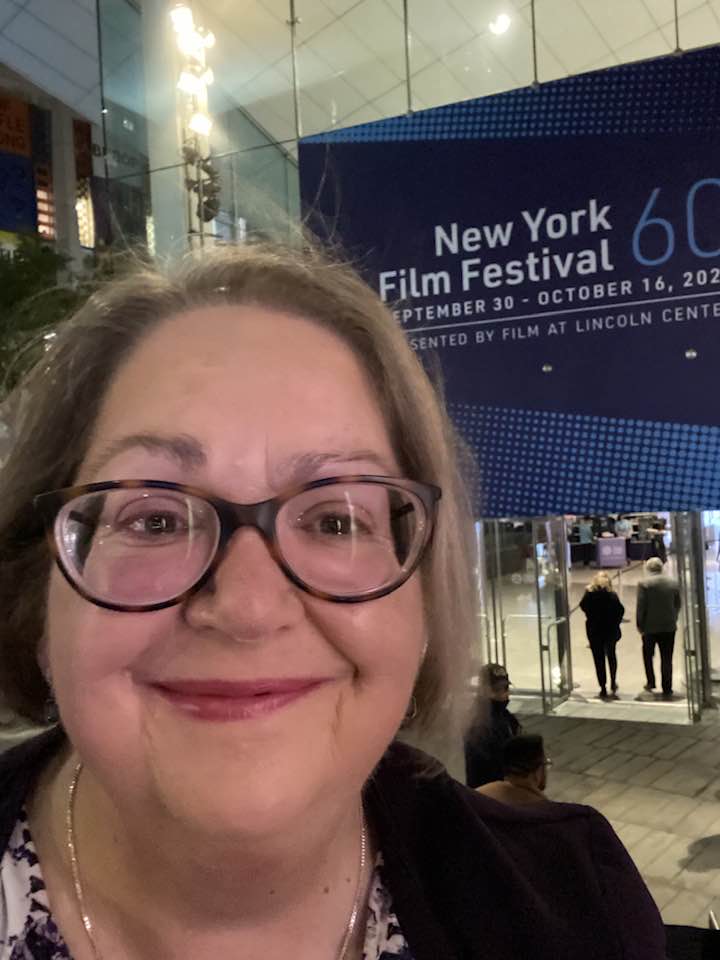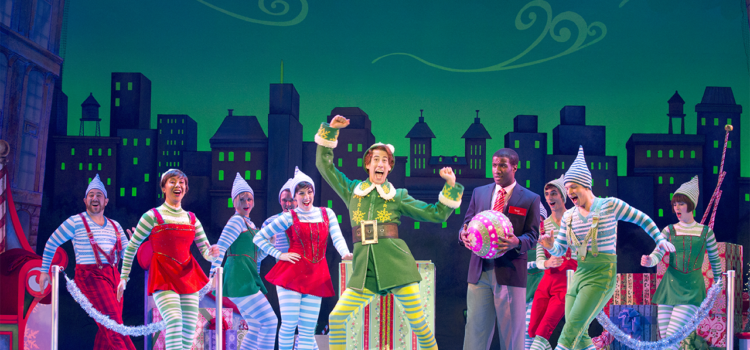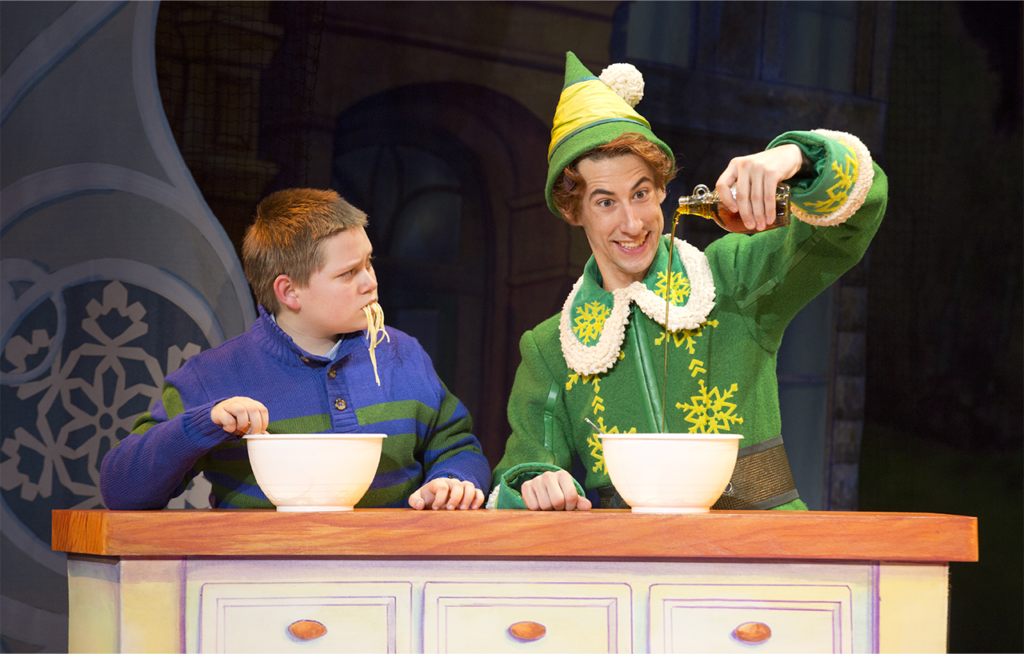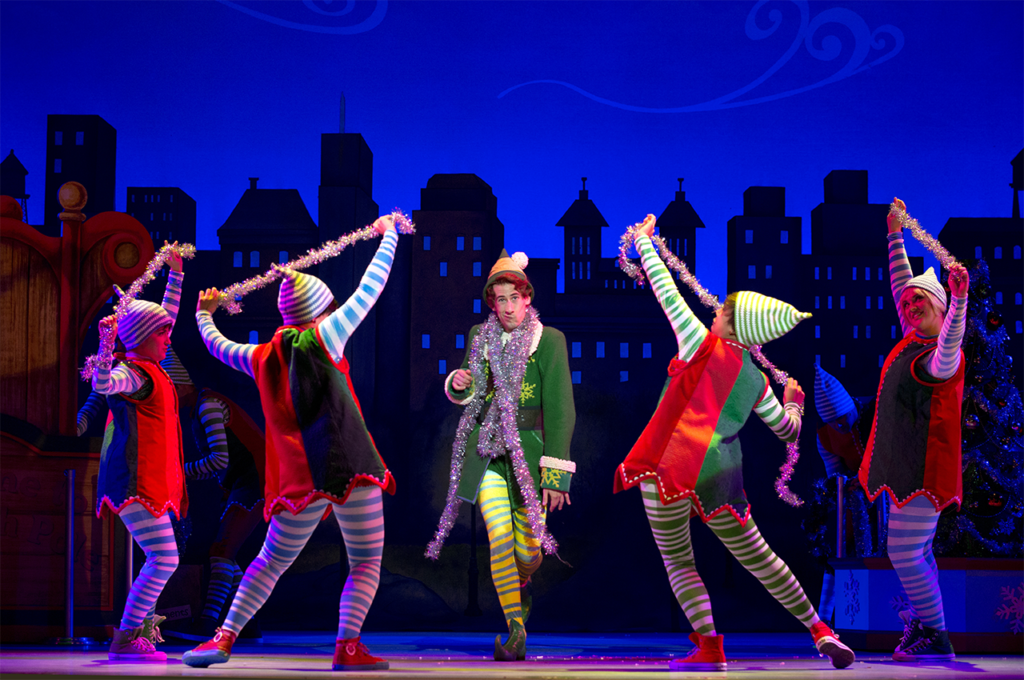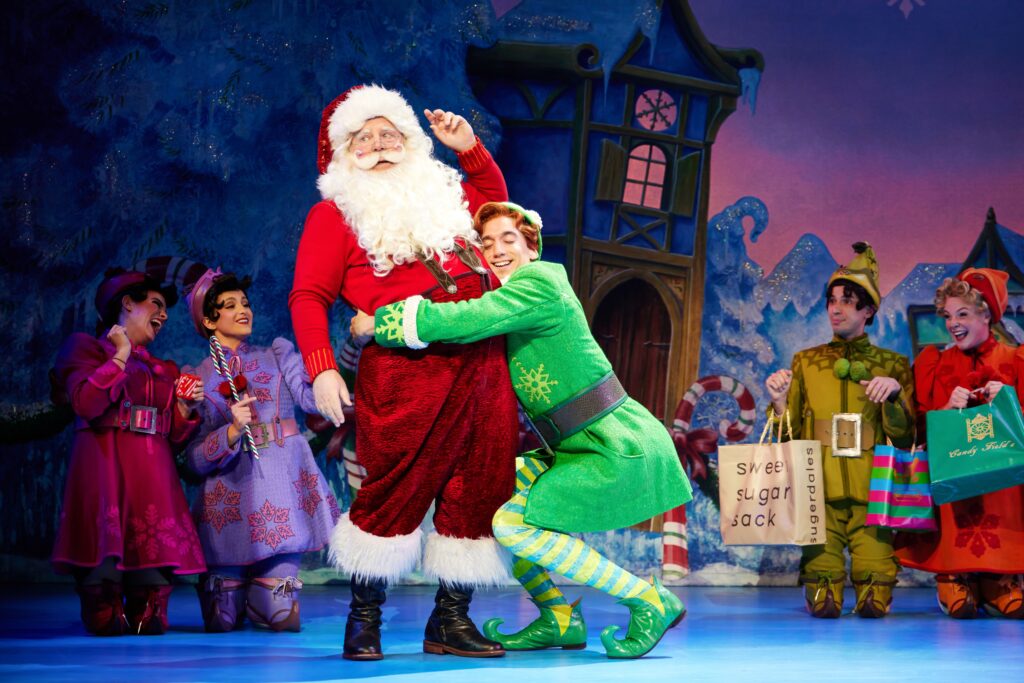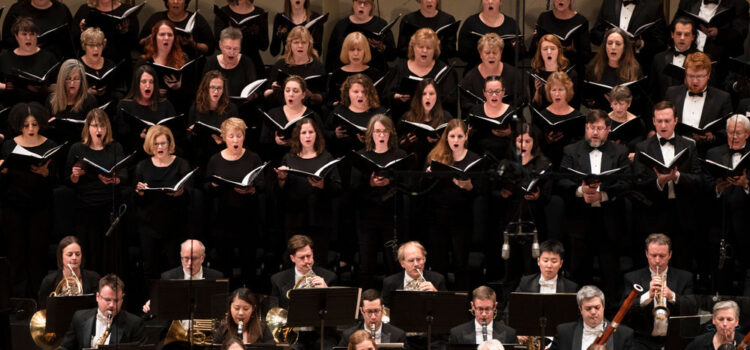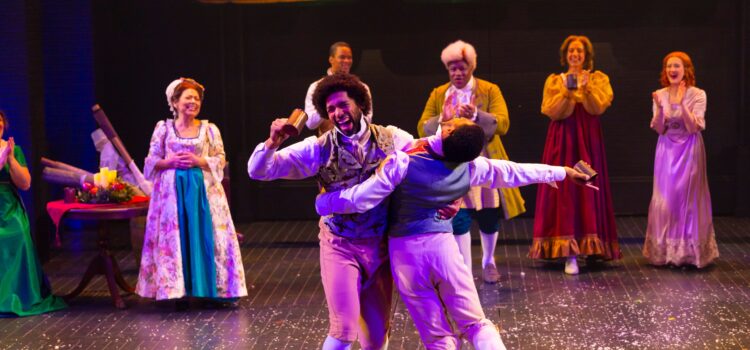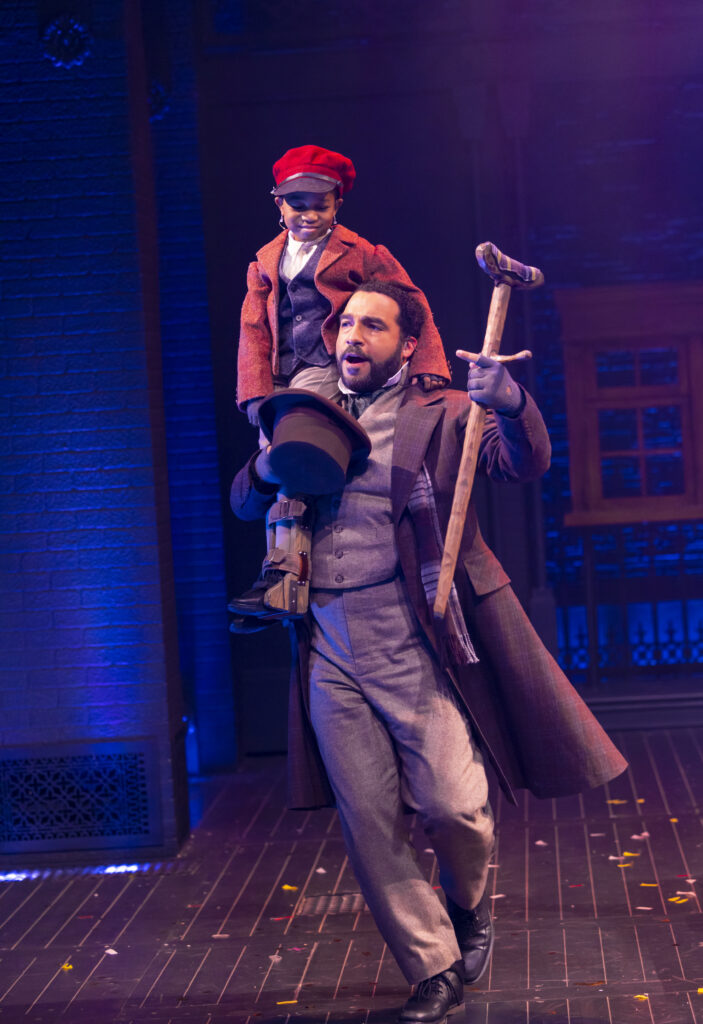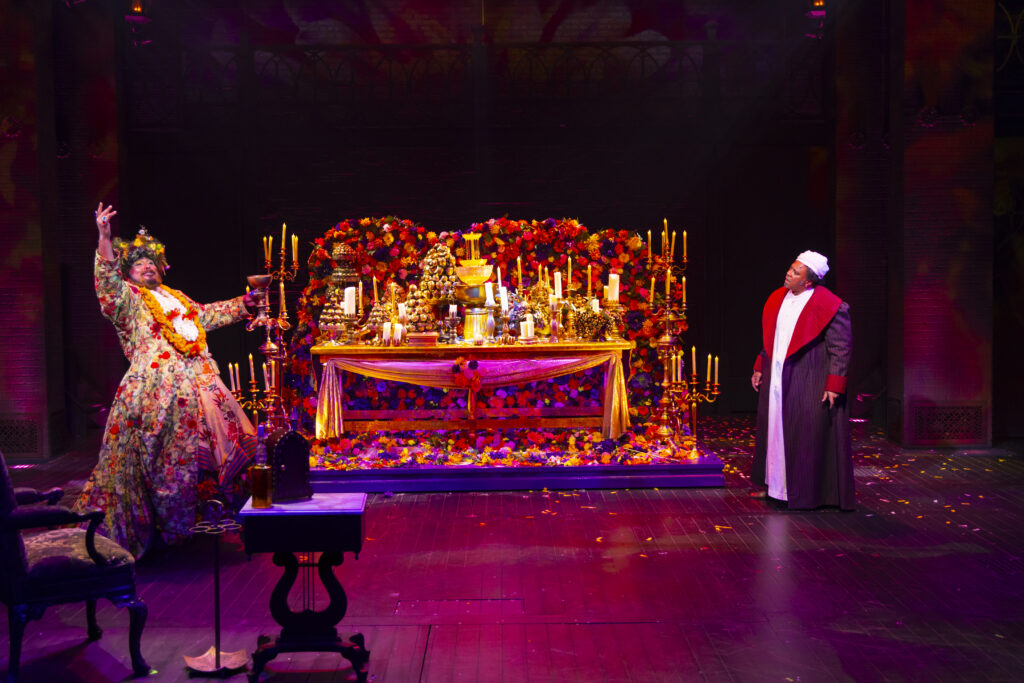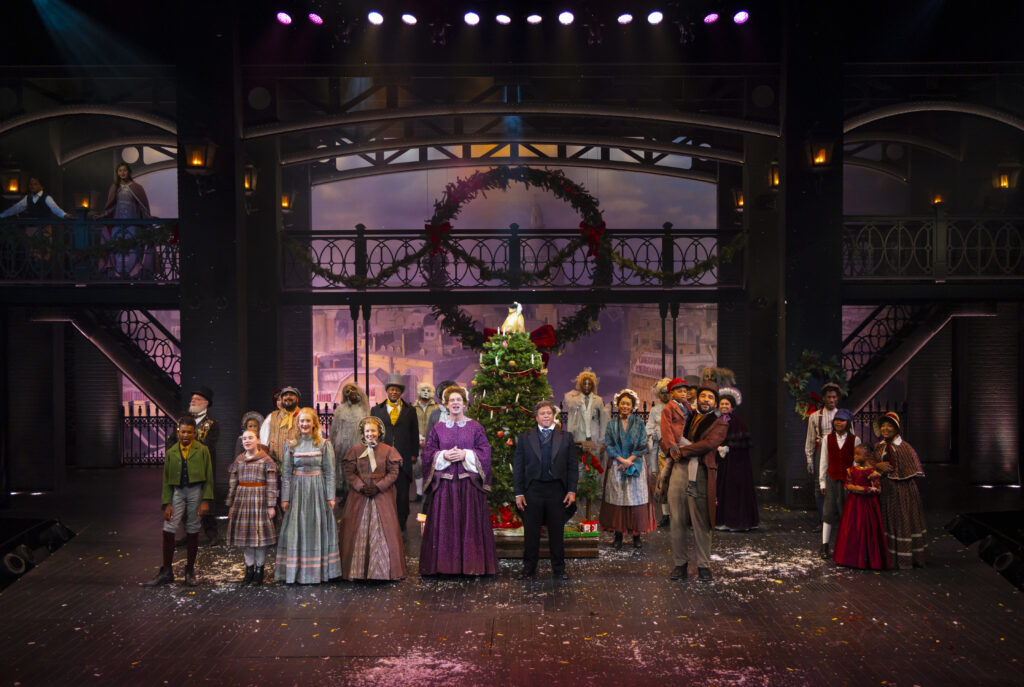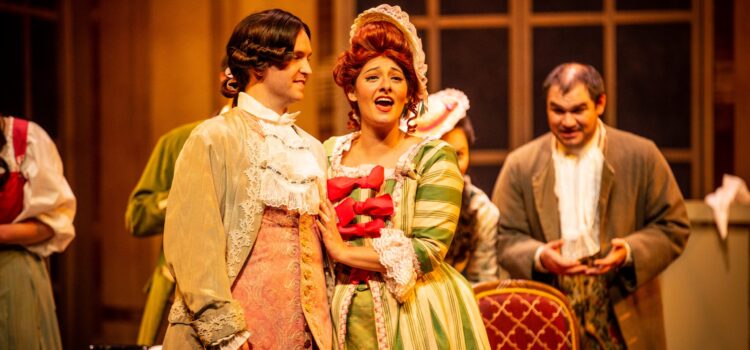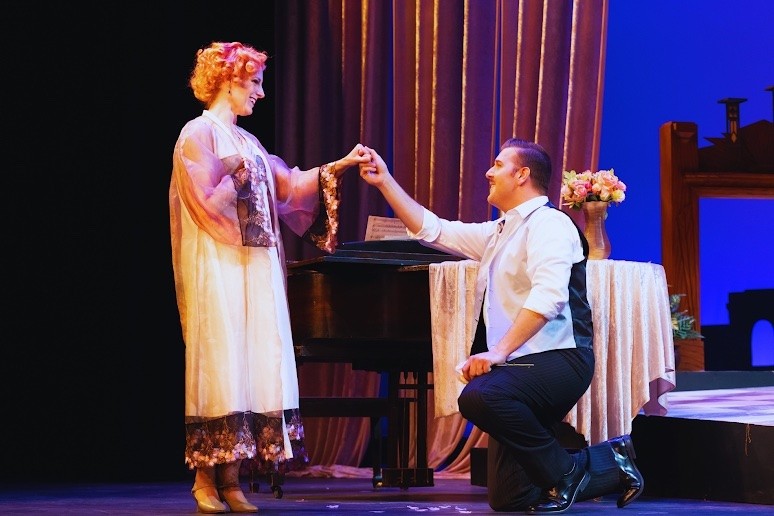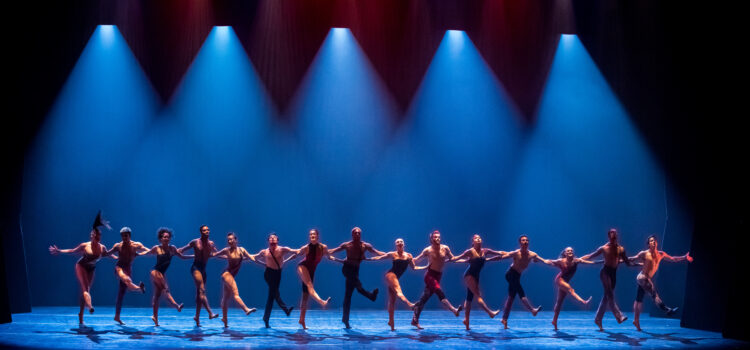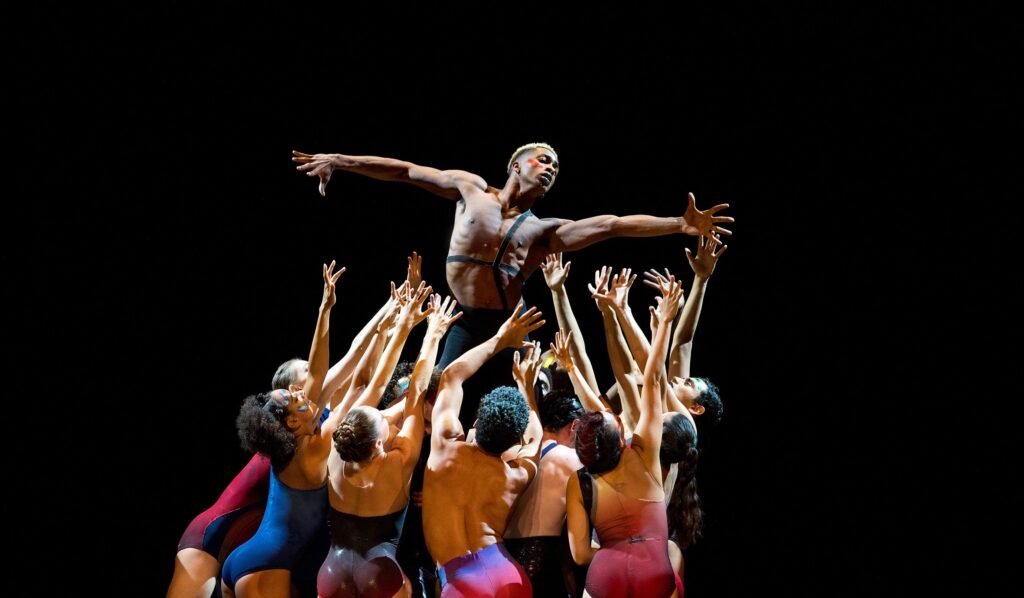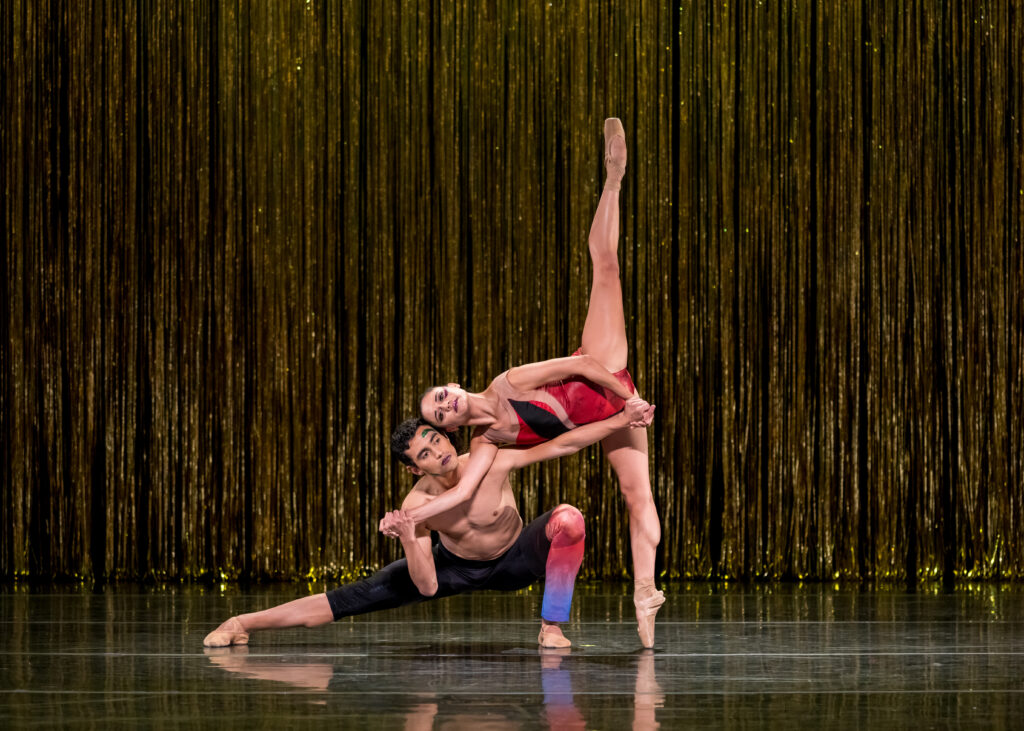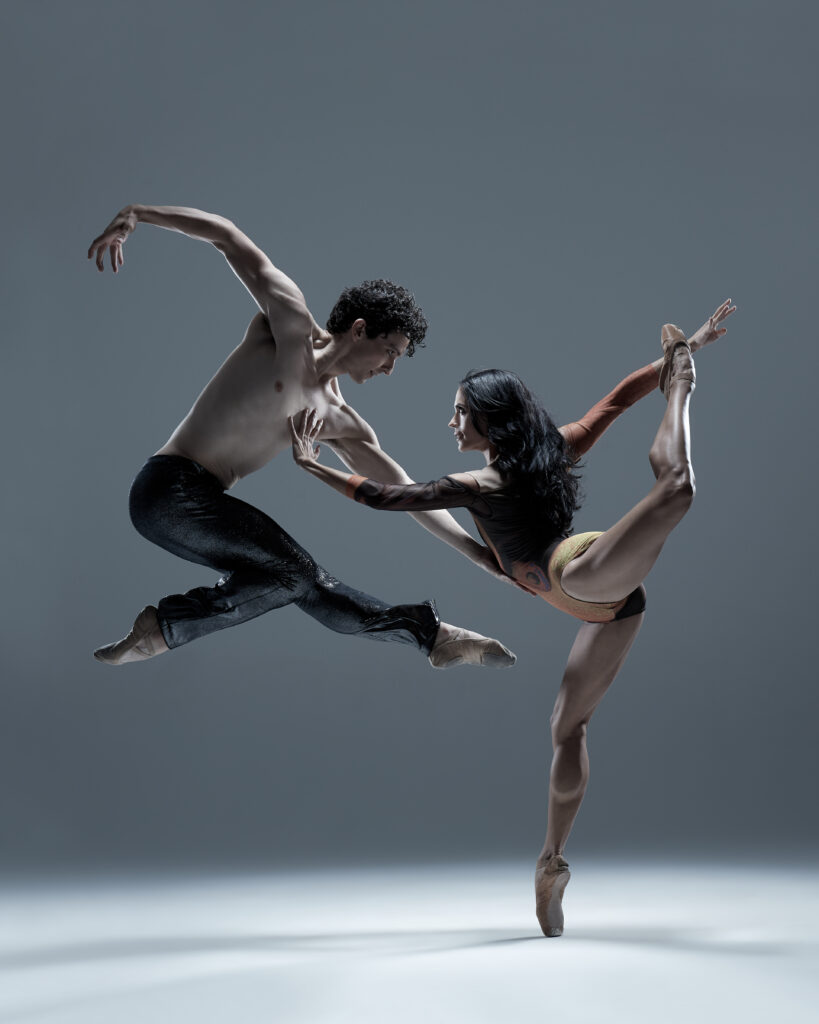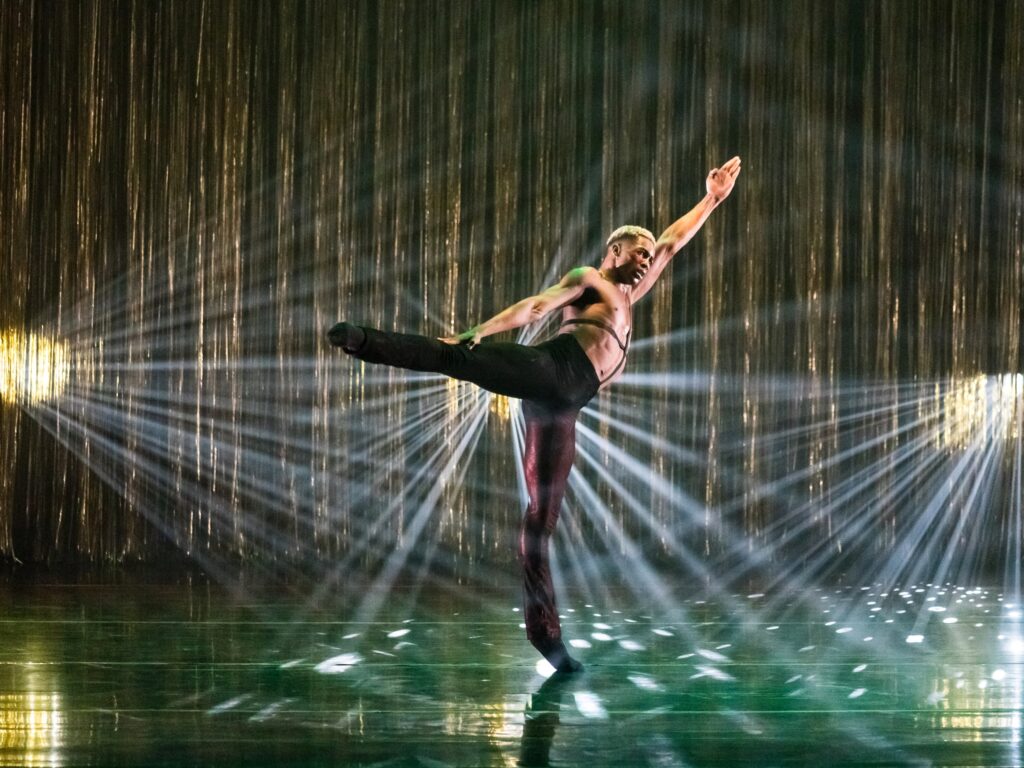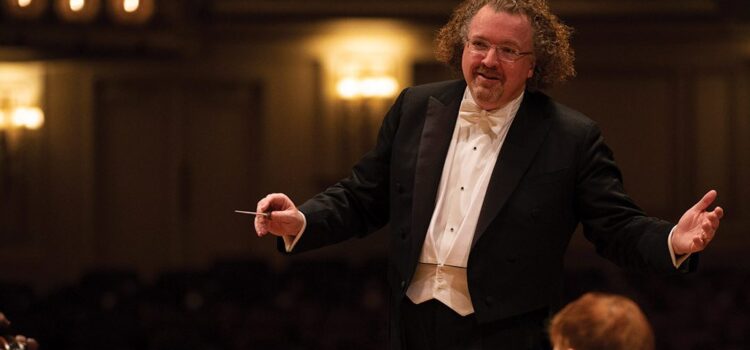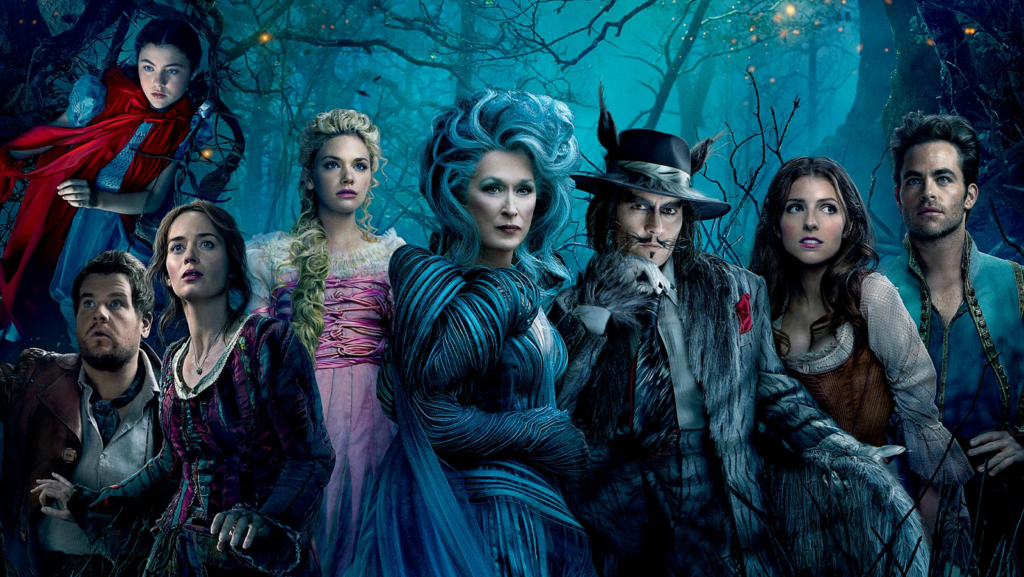By CB Adams
“The past is never dead,” observed the novelist William Faulkner. “It’s not even past.” That sentiment was certainly on extravagant view at the Fox Theatre during the opening of “Six” the musical, running through Feb. 5.
“Six” is a music-forward revue – a glammy, poppy, hip-hoppy, “Schoolhouse Rock” treatment of King Henry VIII’s gaggle of significant others. Think of it as a “First Wives Club” with a killer soundtrack, sick beats, explosive light show, and a bevy of Queen Beys who put a ring, a stiletto and a defiant stomp on their heretofore musty-dusty place in the past. Or think of it as reimagined Tudor history for the TikTokkers.
If you’re expecting an historical costume drama, “Six” may surprise you because it’s heavy on the costumes and light, to the point of nonexistence, of the drama. But, oh those Tudor-inspired costumes. With all their studs, spikes, sequins, fishnets, bangles, baubles and bedazzlings, the black-pleathered costumes are enough to distract you from the history and entice you to just enjoy the swish, swagger and swirl of the performers.

This puts a new spin on the term historical “figures.” As bedecked, any of the queen-wives would have been Henry’s one and only – thanks to costume design by Gabriella Slade.
Historians, most of them of the male persuasion, have not been kind to the stories and legacies of Henry’s wives and lovers – rendering them with more histrionics than history. That’s one of the main injustices that writers Toby Marlow and Lucy Moss apparently hoped to rectify during this musical’s snappy 80 minutes.
Marlow and Moss, who have written for Australian drag queen, singer and television personality Courtney Act, reclaim the fates of Henry’s wives into a shiny, knives-out revenge fantasy. They relish poking fun at Henry’s rotundity, his miniscule man-parts and his peccadillos big and small.
Under the direction of Moss and Jamie Armitage, “Six” puts all its jewels (actors, band, Eurovision-inspired set with more flashes than a Princess Di press conference) on stage, all at once and for the duration of the musical. What you see is what you get – from the get go – crowned by a more-is-more aesthetic.
The premise of “Six” is simple and simply stated at the outset. In a sort of “RuPaul’s Drag Race” by way of “Zoolander”-style walk-off, the queens compete to see who was dealt the worst hand by history and Henry to “be the one to lead the band.” Each queen gets a song and a dance and a chance to garner the most support (applause, applause) from the audience. This pageant-like format is really just an audience-engagement device and succeeds as such – the audience opening night came primed to hoot, holler and clap after each queen’s signature song.
In between are chorus numbers by The Queens in toto. When performing as The Queens, Cecilia Snow (Catherine of Aragon), Zan Berube (Anne Boleyn), Amina Faye (Jane Seymour), Terica Marie (Anna of Cleves), Aline Mayagoitia (Katherine Howard) and Sydney Farra (Catherine Parr), are impressive in voice and coordinated dances. Of the show’s nine songs, the ones owned by The Queens – “Ex-Wives,” “Haus of Holbein” and “Six” – are the best in the show, perhaps because of the combination of tight harmonization and the flash-dance choreography that takes full advantage of the confined stage.
The six solo songs wear their song-diva influences proudly and deliver catchy, if repetitive, lyrics bolstered by sonic-boom baselines. Snow’s “No Way” is an anti-divorce anthem, Faye’s “Heart of Stone” is an edgy torch song, and Mayagoitia’s “All You Wanna Do” is fruity piece of bubble gum pop.
The other “character” on stage is the all-female band called The Ladies in Waiting – Katie Coleman (conductor/keyboard), Sterlyn Termine (bass), Liz Faure (Guitars) and Caroline Moore (drums), as well as Paul Gatehouse (sound design). The band is bespoke for this musical theater’s young fanbase and ferociously spews forth the spunky score’s zesty, sometimes winkingly naughty fun – all with the tight fury of a Prince guitar solo.
Enhancing the concert-like experience of “Six” is the lighting design by Tim Deiling. According to LiveDesign website, “Beyoncé’s narrative pop concerts, where she tells you parts of her story, is what inspired the authors of “Six,” said Deiling. “Each of our six Queens are actually influenced heavily from contemporary pop divas (Aragon = Beyoncé, Boleyn = Katy Perry, Seymour = Adele, Cleves = Rihanna, and Parr = Alicia Keys) and I needed to differentiate between each Queen, so we drew on reference material from each of them.” In Deiling’s stated goals, the lighting design checks all those boxes, although it sometimes with all the flashing lights it might have been prudent to provide seizure warning.
In the first scene in “Six,” the Queens are lined up and Mayagoitia as Katherine Howard states, “…we’ve got a serious score to settle.” And like a spoonful of sugar helping the medicine go down, they spend the next rollicking hour and half making their cases. “Six” is as brightly appealing as a Twinkie and about as nutritious (historically speaking), but it is a fulfilling bon-bon of pure escapism. Take that, Henry!
Performances of “Six” at the Fabulous Fox run January 24-February 5. Tickets on sale now at MetroTix.com or by calling 314-534-1111. For more information, visit www.fabulousfox.com


CB Adams is an award-winning fiction writer and photographer based in the Greater St. Louis area. A former music/arts editor and feature writer for the St. Louis Globe-Democrat, his non-fiction has been published in local, regional and national publications. His literary short stories have been published in more than a dozen literary journals and his fine art photography has been exhibited in more than 40 galley shows nationwide. Adams is the recipient of the Missouri Arts Council’s highest writing awards: the Writers’ Biennial and Missouri Writing!. The Riverfront Times named him, “St. Louis’ Most Under-Appreciated Writer” in 1996.


